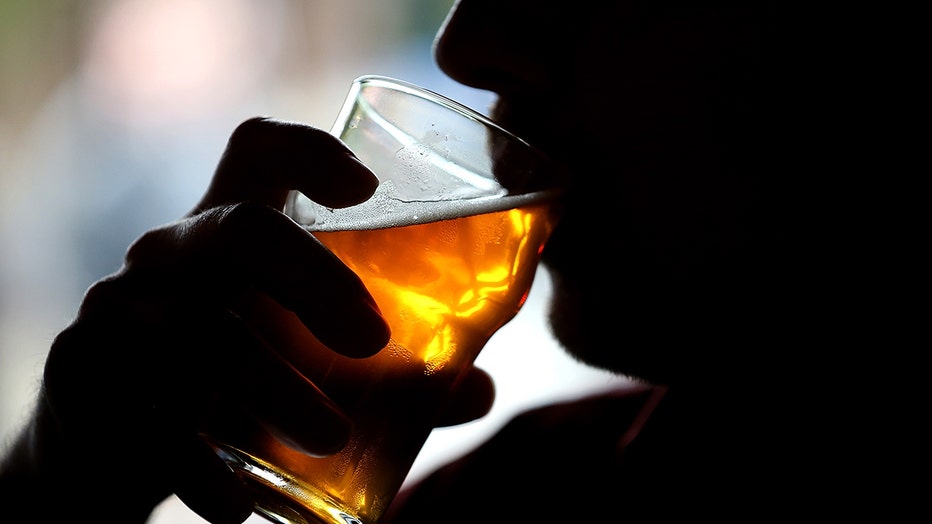This kind of drinking is even worse than binge drinking
Alcohol guidance from the CDC
Alcohol can have very dangerous long-term effects on a person's health if abused.
The risks of excessive alcohol consumption are widely recognized, with the focus largely on binge drinking. Recently, however, the term "high-intensity drinking" is gaining more attention.
According to the National Institute on Alcohol Abuse and Alcoholism (NIAAA), binge drinking is defined as a pattern of drinking that brings blood alcohol concentration to 0.08% or higher. For a typical adult, this pattern corresponds to consuming five or more drinks for a male and four or more drinks for a female in two hours.
What is high-intensity drinking?
Meanwhile, high-intensity drinking is a form of binge-drinking.
NIAAA said high-intensity drinking is defined as consuming alcohol at levels that are two or more times the gender-specific binge drinking thresholds.
According to a 2018 review, the researchers said there is no firm consensus on exactly how many drinks qualify as high-intensity drinking. However, researchers working in this relatively new area have coalesced around the concept of at least twice the typical binge drinking threshold or twice the gender-specific binge threshold (i.e. 8+ drinks for women/10+ drinks for men).
Compared with people who did not binge drink, people who drank alcohol at twice the gender-specific binge drinking thresholds were 70 times more likely to have an alcohol-related emergency department visit, and those who consumed alcohol at three times the gender-specific binge thresholds were 93 times more likely to have an alcohol-related emergency department visit, according to another study published in 2017.
Americans drink more alcohol now than they did 100 years ago
Drinking in America is not only on the rise, but at a higher level now then when the substance was banned a century ago.
"Whether you call it high intensity drinking or binge drinking, having a lot of alcohol in a short space of time is extremely dangerous," Karen Tyrell, the CEO of the charity Drinkaware, told FOX Television Stations in a statement. "Our bodies can only process roughly one unit of alcohol an hour - and less for some people. By drinking a lot quickly, the amount of alcohol in your bloodstream can stop your body from working properly. This puts you at serious risk of accidents, alcohol poisoning and other short- and long-term health issues. Don’t do it."
Why are we talking about high-intensity drinking now?
Many studies find that people intensify their drinking to celebrate special occasions and to bond with friends during holidays.
Not surprisingly, on and off college campuses, drinking tends to peak on Fridays and Saturdays and is particularly high on holidays such as the Fourth of July and New Year’s Eve, according to a study.

FILE: Person drinks alcoholic beverage. (Credit: Justin Sullivan/Getty Images)
Research on event-specific drinking has also indicated particularly high quantities of alcohol consumed surrounding collegiate sporting events, spring break and to celebrate 21st birthdays.
RELATED: What is ‘sober curious’? All about the growing shift on alcohol
Other data suggests there is some evidence that, at least for young adults, high-risk drinking is more likely during holidays that are centered on friends as opposed to family.
Excessive drinking on an occasion or over time increases your risk of illness, injury, and chronic disease.
The Centers for Disease Control and Prevention estimates that 178,000 people die from excessive alcohol use each year in the United States.
Excessive alcohol has also shortened the lives of those who died by an average of 24 years, the CDC found.

